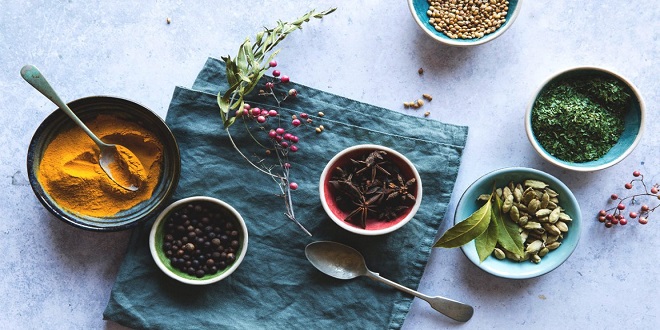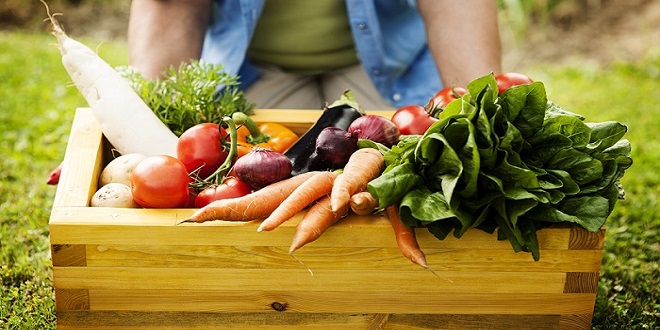How to Eat for Health

During the past few decades, we’ve made amazing strides in understanding the impact of food on our lives. Now, more than ever, we have come to realize that foods can both harm and heal us. Any healthy diet plan needs to center on foods you can keep eating for a lifetime—and it helps if those foods will also help protect you from disease. Here are some tips for eating healthier naturally and permanently
Pick carbs carefully
Despite what the popular media might have you believe, you don’t need to avoid all carbohydrates. But you should shy away from simple carbohydrates, such as sugar, white bread, white pasta, and white rice. These foods are quickly turned into glucose by the body, and the influx of glucose causes a rapid rise in the hormone insulin, whose job is to escort glucose out of the bloodstream and into cells. A surge of insulin is followed by a glucose “crash,” which leaves you hungry in no time
Choose bulky foods.
- Foods that contain plenty of fiber, water, or air are “bulky” or “high-volume” and will help you stay fuller longer. These include high-fiber fruits and vegetables as well as beans. Instead of eating a handful of raisins, choose water-dense grapes.
If you’re making chili, add more beans to bulk it up without adding a lot of calories. Other low-cal, high-volume foods to favor are broth-based soups. Studies show that people who start a meal with soup eat less at that meal and later in the day. Just be sure to avoid cream soups, which are high in calories.
How to Store Foods for Health
The techniques used to clean, store, and prepare food not only affect its taste, texture, and nutritional value, but are also instrumental in preventing spoilage and foodborne illness. By using the proper methods to prepare and store foods, you can keep them wholesome and nutritious; preserve their appetizing appearance, taste, and texture; and use them economically, helping keep your food expenses low.
Protecting yourself starts when you buy your food. Refrigerate or freeze all perishables within 2 hours of purchase. If the weather is hot, reduce that time to 1 hour and use a cooler for high-risk foods, which include meat, fish, shellfish, poultry, eggs, dairy products, mayonnaise mixtures, and moist foods such as poultry stuffing.
How to Prepare Foods for Health
Even if you selected the freshest foods and stored them properly, it’s possible to spread food poisoning because of how you prepare them. Before you begin and anytime you’ve handled raw meat, poultry, or fish, you should wash your hands in warm water with soap for at least 20 seconds. Remove rings and make sure your fingernails are clean.
How to Cook for Health
Upon your kitchen counter sits a cornucopia of nutritious food: Lean cuts of meat, fresh vegetables (perhaps plucked from your own garden), juicy fruits, and rich, nutty whole grains. But the benefits of all this wholesomeness can still dwindle before it gets to your plate. Some methods of cooking can slather foods with saturated fat or blast important nutrients right out of them. Eating a diet rich in foods that heal requires learning to cook in the healthiest ways possible. Forget frying, and give some of these methods a try for your next meal.




